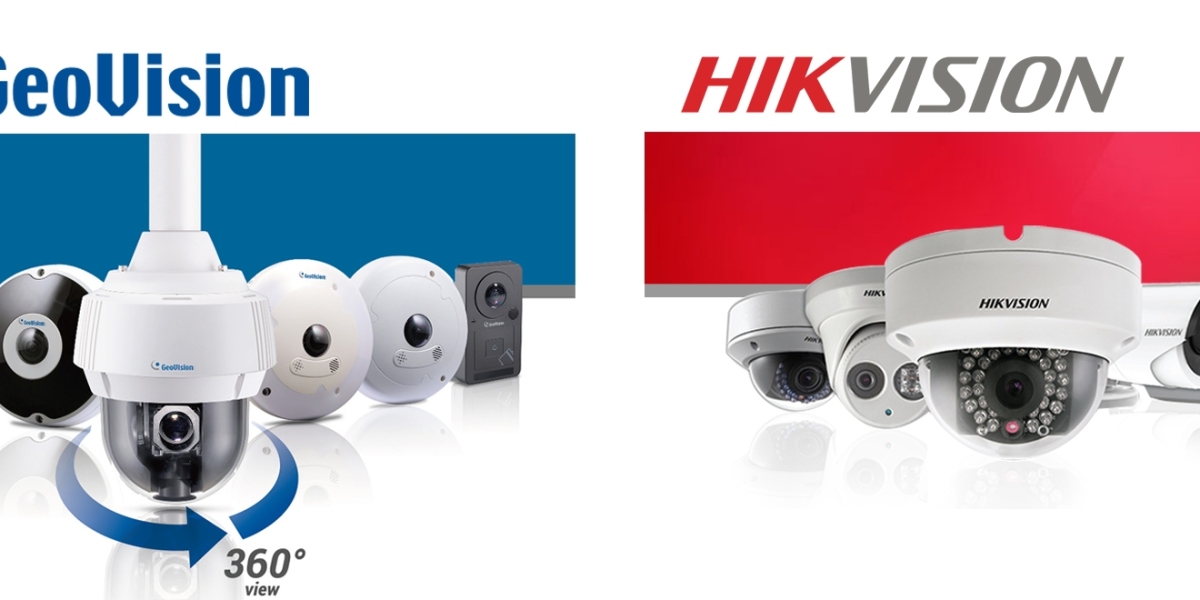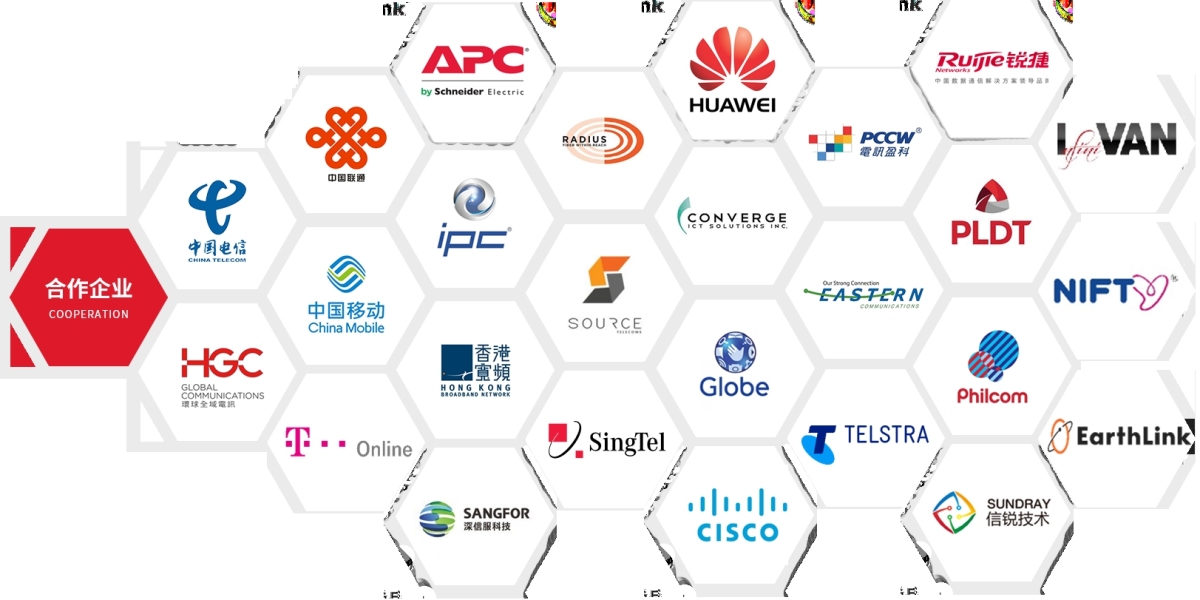Introduction: What Are Smart Surveillance Systems
Key Components and Technologies
Benefits for Cities, Businesses, and Institutions
Use Cases in the Philippines
AI and Analytics in Modern Surveillance
Legal and Regulatory Considerations
How to Plan and Install a Smart Surveillance System
Leading Providers in the Philippines
Frequently Asked Questions
Conclusion: Building Safer, Smarter Spaces
1. Introduction: What Are Smart Surveillance Systems
A smart surveillance system is more than just a set of security cameras. It is an integrated, intelligent solution that uses digital video, artificial intelligence, and network connectivity to monitor, detect, analyze, and respond to real-world events. These systems are becoming a critical part of infrastructure across the Philippines, from barangays and city halls to shopping malls, schools, and private subdivisions.
Unlike traditional CCTV, which only records footage for manual review, smart surveillance systems can detect motion, recognize faces or license plates, send real-time alerts, and even analyze behavior patterns. This technology plays a major role in improving public safety, traffic management, crime prevention, and emergency response.
As urban areas expand and the demand for security grows, local governments and private enterprises in the Philippines are rapidly adopting smart surveillance systems as part of their digital transformation and smart city strategies.
2. Key Components and Technologies
Smart surveillance systems consist of several interdependent components, each contributing to the overall functionality, reliability, and intelligence of the system.
Core components include:
Network IP Cameras
Modern surveillance relies on Internet Protocol (IP) cameras that transmit video over a network. These cameras offer high-definition footage, remote access, and integration with analytics software.
Video Management System (VMS)
The VMS is the software platform that records, stores, and manages video feeds. It also enables operators to view multiple cameras, search recordings, and set custom alerts.
Network Video Recorder (NVR) or Cloud Storage
Video is stored on-site via NVRs or offsite via encrypted cloud servers. NVRs are ideal for local storage while cloud platforms offer scalability and remote redundancy.
AI Video Analytics
Artificial intelligence modules can detect motion, count people, track objects, and identify anomalies such as loitering, crowd formation, or abandoned objects.
Sensors and Integrations
Smart surveillance can integrate with access control systems, alarms, weather sensors, and license plate recognition systems for multi-layered security.
Connectivity and Cabling
A reliable surveillance network depends on structured cabling, fiber optics, or wireless links, especially in large campuses or outdoor environments.
Mobile and Command Center Access
Administrators or law enforcement can access camera feeds via smartphones or municipal command centers, enabling real-time decision-making and rapid deployment.
3. Benefits for Cities, Businesses, and Institutions
Smart surveillance systems offer significant advantages across both public and private sectors in the Philippines. Whether in urban governance or property management, these systems improve safety, efficiency, and responsiveness.
Improved Public Safety
By enabling real-time monitoring and automated alerts, smart surveillance helps deter crime and allows faster emergency response. Cities with well-deployed systems experience fewer incidents in high-risk areas.
Efficient Traffic and Crowd Management
AI-enabled cameras can monitor road conditions, identify congestion, and optimize traffic signals. In public spaces such as malls, stations, or event venues, the system can detect overcrowding or unusual movement patterns.
Reduced Security Costs
With intelligent alerts and automated monitoring, fewer personnel are needed for patrols. Security teams can respond based on data, not routine rounds, improving both coverage and efficiency.
Better Incident Investigation
High-definition footage, time stamping, and AI-assisted searching make it easier to retrieve evidence and resolve incidents quickly. This is crucial for resolving disputes in commercial, residential, or public settings.
Operational Monitoring
In factories, hospitals, or offices, surveillance can help enforce policies, monitor productivity, detect safety violations, and ensure compliance with standard procedures.
Integration with Emergency Systems
Smart surveillance can link to fire alarms, access controls, and public address systems to trigger multi-channel alerts in critical situations such as fires, break-ins, or medical emergencies.
Increased Citizen Trust
Barangays and LGUs that deploy transparent surveillance systems contribute to greater trust in law enforcement and public safety programs, especially when implemented with accountability measures.
4. Use Cases in the Philippines
Smart surveillance adoption is growing in both urban and rural areas of the country. Here are some real-world examples of how different sectors in the Philippines are leveraging this technology:
Municipal Command Centers
Cities such as Quezon City, Taguig, and Iloilo have installed integrated surveillance systems as part of their command centers. These include traffic cameras, facial recognition, and 24/7 monitoring integrated with emergency response units.
Barangay-Level Deployment
In smaller communities, LGUs are installing solar-powered CCTV systems on strategic corners, entrances, and near public facilities. Some barangays use smart analytics to detect loitering or unauthorized entry during curfew hours.
School Campuses
Schools and universities use smart surveillance to monitor gates, hallways, and common areas. The systems can detect overcrowding, monitor student behavior, and alert security of suspicious activity or after-hours access.
Commercial Buildings and Offices
Corporate buildings install facial recognition systems at entrances, link CCTV to access control logs, and use motion detection in parking areas or warehouses to prevent theft or intrusion.
Residential Communities
Condominiums and subdivisions use AI-enhanced cameras for vehicle tracking, visitor management, and monitoring of amenities. Some communities integrate these with mobile apps that alert residents when incidents occur nearby.
Public Transportation Hubs
LRT and bus terminals are deploying smart cameras to identify unattended baggage, track queue density, and assist in contact tracing during health emergencies.
Retail Stores and Malls
Retailers use surveillance to monitor checkout counters, detect suspicious movements, and analyze foot traffic patterns to optimize store layout and security presence.
5. AI and Analytics in Modern Surveillance
Artificial intelligence has revolutionized surveillance, transforming it from passive recording to active, intelligent monitoring. In the Philippines, AI-powered video analytics are increasingly used in both public and private surveillance systems.
Real-Time Object Detection
AI can instantly detect people, vehicles, bags, or other objects entering a camera’s field of view. The system can flag abnormal activities, such as loitering, intrusion, or sudden crowd formation.
Facial Recognition
Some systems allow facial matching against databases of registered personnel or persons of interest. This is used in airports, government buildings, and secured facilities. It can also be deployed in barangay-level community watch programs.
License Plate Recognition
Automatic plate readers help track and log vehicle entry and exit. LGUs and residential villages use this for gate control, traffic enforcement, and lost vehicle tracking.
People Counting and Heatmaps
Retail stores and public venues use analytics to count foot traffic, generate heatmaps, and identify peak hours. This data helps optimize layout, staffing, and energy use.
Mask and Social Distancing Detection
During the pandemic, AI models were used to detect mask-wearing compliance and social distancing violations in real time. This technology remains useful in public health monitoring.
Behavior Analysis
Advanced systems can detect aggressive movements, unattended baggage, or running in restricted areas. Some models are trained to recognize violence or suspicious interactions.
Alarm and Workflow Integration
Events detected by AI can trigger customized actions — such as opening doors, locking areas, sounding alarms, or notifying authorities — reducing the need for human intervention.
Custom Rules and Automation
Users can configure rules, such as "alert me if more than 5 people are standing near the ATM after 10 PM," allowing highly personalized, scenario-based monitoring.
6. Legal and Regulatory Considerations in the Philippines
As surveillance becomes more intelligent and widespread, concerns about data privacy, legality, and accountability are growing. In the Philippines, smart surveillance deployment must comply with national laws and ethical standards.
Data Privacy Act of 2012 (RA 10173)
This law governs the collection, use, and storage of personal data, including video footage that can identify individuals. Organizations must:
Post visible notices when CCTV is active
Ensure secure storage and access control
Limit data retention based on purpose
Avoid sharing footage without proper authorization
National Privacy Commission (NPC) Guidelines
The NPC provides guidance on how surveillance systems should be implemented, especially in public areas or shared spaces like condos or schools.
Consent and Notification
For workplaces and commercial areas, employee or customer consent is often required when cameras are placed in non-public zones, such as rest areas or offices.
Surveillance in Public Spaces
While the government has more leeway in using public surveillance, they are encouraged to maintain transparency, conduct privacy impact assessments, and engage communities in deployment decisions.
Use of Facial Recognition
Facial recognition, especially when used for law enforcement or behavioral scoring, is subject to stricter scrutiny. Clear policy frameworks, data access logs, and public consultation are strongly recommended.
Recording Audio
Recording sound in addition to video may require separate consent. Many surveillance systems in the Philippines are configured for video-only capture to reduce legal risk.
Storage and Access Security
All footage must be stored securely, with encryption, audit trails, and clear access protocols. Physical access to servers or cloud credentials must be tightly controlled.
7. How to Plan and Install a Smart Surveillance System
A successful smart surveillance deployment requires more than just buying cameras. Proper planning, system design, and post-installation support are essential for performance, reliability, and compliance.
Step 1: Define Surveillance Goals
Identify the specific objectives for the system. Are you aiming to prevent theft, monitor crowds, enforce curfews, or record operational activity? Clear goals determine the type of cameras, analytics, and storage needed.
Step 2: Conduct a Site Survey
A professional site inspection evaluates the physical layout, lighting, power availability, cabling routes, and signal coverage. This is especially critical for multi-floor buildings, outdoor areas, or barangay-level setups.
Step 3: Create a Coverage Map
Mark key locations where cameras are needed, such as entrances, exits, gates, lobbies, intersections, staircases, parking lots, or server rooms. Avoid blind spots and ensure every camera has a purpose.
Step 4: Choose the Right Hardware
Select IP cameras with suitable resolution, viewing angle, night vision, and AI capabilities. Depending on the application, you may need bullet, dome, PTZ (pan-tilt-zoom), or thermal cameras.
Step 5: Select a Storage and Management System
Decide whether to use local Network Video Recorders (NVRs) or cloud storage. Estimate how many days of footage need to be stored and whether remote access is required.
Step 6: Plan Network and Power Supply
Use structured cabling or wireless links to connect cameras to the network. Consider Power over Ethernet (PoE) for simplified power and data transfer. For outdoor or off-grid setups, consider solar-powered units.
Step 7: Install, Configure, and Test
Install cameras securely, configure VMS settings, set user permissions, and test the system under real-world conditions. Adjust zones, motion sensitivity, and alerts based on use case.
Step 8: Train Users and Monitor Performance
Train local users on how to operate the system, respond to alerts, retrieve footage, and maintain equipment. Regularly update firmware and monitor system health to prevent downtime.
8. Leading Providers in the Philippines
Several local and international providers offer smart surveillance solutions in the Philippines, ranging from turnkey citywide systems to small-scale residential packages.
Suniway Smart Surveillance
Coverage: Luzon and Visayas
Specialties: Community-based surveillance, AI-enabled barangay-level systems, solar-powered camera deployments
Notable: Integrated with LGU command centers, supports smart city platforms, known for rural adaptabilityHanwha Techwin (Samsung CCTV)
Presence: Nationwide through resellers
Specialties: High-end commercial surveillance, AI analytics, object tracking
Notable: Popular in malls, airports, and corporate buildingsHikvision Philippines
Coverage: Nationwide
Specialties: Budget-friendly surveillance with strong AI features
Notable: Offers face detection, line-crossing alerts, license plate readersDahua Technology
Coverage: NCR, Cebu, Davao
Specialties: Entry-level to enterprise-grade systems, good for mixed-use properties
Notable: Available through authorized dealers with project supportBosch Security Systems
Coverage: High-end installations in NCR and Cebu
Specialties: Audio-video surveillance, perimeter security, integrated BMS
Notable: Often used in embassies, government buildings, and airportsAVTECH Philippines
Coverage: Regional offices in Manila and Davao
Specialties: Affordable camera systems for SMEs and barangays
Notable: Hybrid analog-IP systems for upgrade compatibilityLocal System Integrators
Many Filipino integrators offer custom solutions, including cable layout, solar power integration, and emergency services tie-ins. Always request credentials, references, and post-installation warranties.
9. Frequently Asked Questions (FAQs)
What is the difference between CCTV and smart surveillance?
Traditional CCTV simply records video for later viewing. Smart surveillance includes real-time monitoring, artificial intelligence, automated alerts, facial recognition, and analytics capabilities.
Is smart surveillance legal in the Philippines?
Yes, but all deployments must comply with the Data Privacy Act of 2012. Visible notices, limited access, proper storage, and consent (in private spaces) are essential.
How much does a smart surveillance system cost in the Philippines?
Costs vary based on scale and features.
Small home or office system (4–8 cameras): PHP 30,000 – PHP 100,000
Barangay-level or school system: PHP 150,000 – PHP 500,000
City command center setup: PHP 1 million and up
Always include cabling, power supply, storage, and software licenses in your budget.
Can I access surveillance footage remotely?
Yes. Most systems support remote access through a mobile app or web portal, allowing you to view live feeds and review past recordings securely from anywhere.
What internet speed is needed for smart surveillance?
For IP cameras, allocate 2 to 5 Mbps per camera depending on resolution and frame rate. Systems with cloud backup or remote streaming need reliable broadband or fiber connectivity.
Can I install solar-powered cameras in remote barangays?
Yes. There are hybrid cameras with built-in solar panels and 4G SIM support, ideal for rural or off-grid areas with no structured power or internet lines.
10. Conclusion: Building Safer, Smarter Spaces
Smart surveillance systems are no longer just a luxury or security upgrade — they are an essential tool for modern governance, business operations, and community protection. In the Philippines, these systems are driving transformation across barangays, cities, commercial centers, and public institutions.
By combining high-definition video with artificial intelligence, real-time analytics, and remote access, smart surveillance provides actionable insight that improves safety, prevents incidents, and strengthens accountability.
Whether you are a property manager, school administrator, IT head, or LGU official, investing in a well-designed surveillance system is a long-term commitment to resilience and security.
When planning your project, remember to define your goals, choose quality hardware, comply with legal standards, and partner with a trusted local provider.
Now is the time to build not just safer spaces, but smarter ones — powered by data, intelligence, and technology that protects and empowers.









